‘One Battle After Another’ Is Almost Here. Watch These Eight Films To Prepare
Counting the hours until la revolucion kicks off? Just want to flex your cinematic knowledge in the popcorn line? Cue up this mini-film festival of movies that speak to (and in some cases, helped inspire) Paul Thomas Anderson's radical action thriller.
September 25, 2025
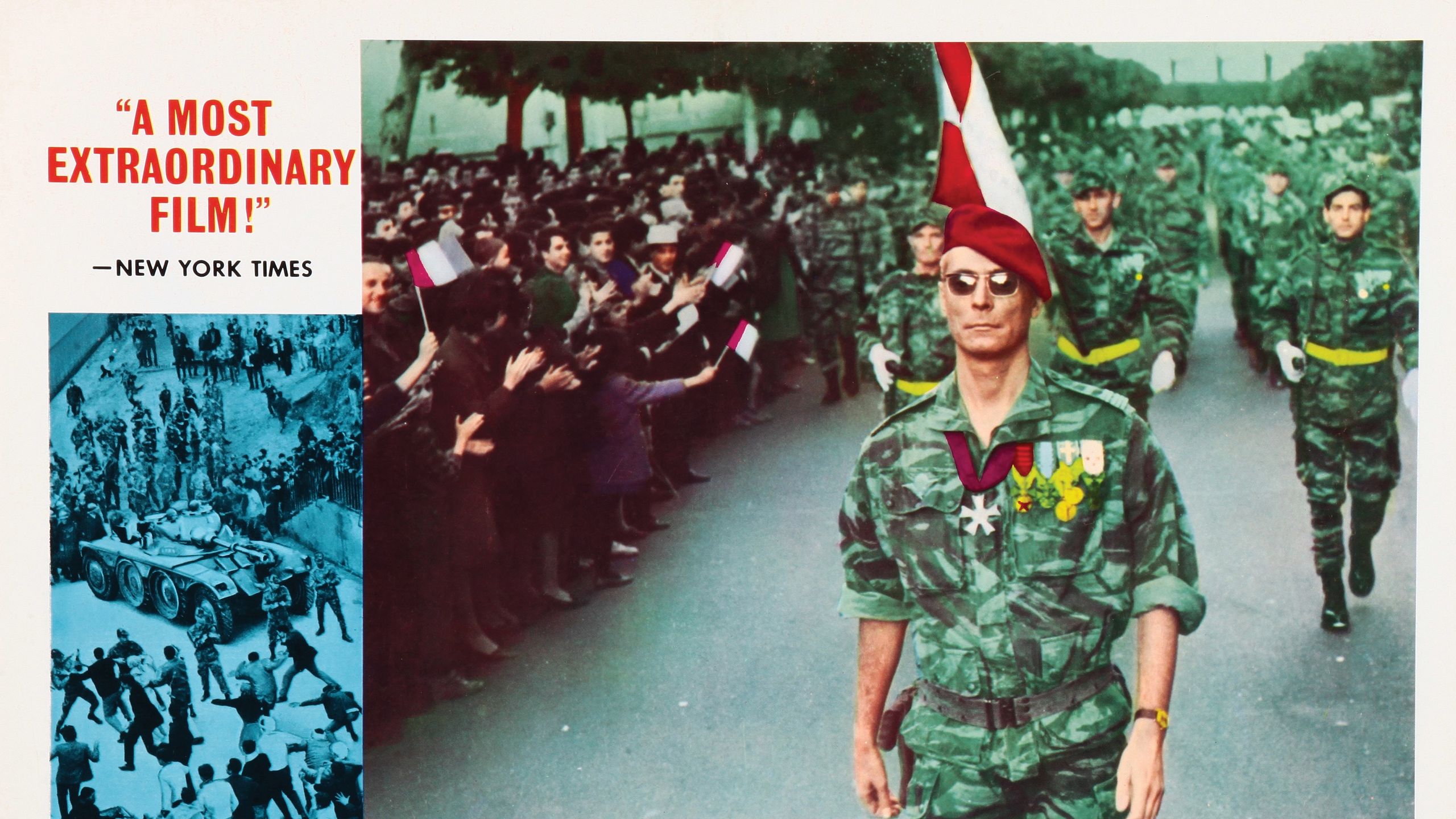
Everett Collection
A new Paul Thomas Anderson film is always a cinematic event. Throw in Leonardo DiCaprio and it’s starting to look like the movie of the season. One Battle After Another arrives in theaters tomorrow amid a torrent of anticipation and rapturous reviews praising its action and its political daring. Loosely inspired by Thomas Pynchon’s 1990 novel Vineland, Anderson’s film transposes Pynchon’s exploration of post-60s radicalism to the present day, making for a charged piece of epic, blockbuster entertainment. DiCaprio stars as a former radical revolutionary turned burnout on a mission to rescue his daughter Willa, played by Chase Infiniti, from the clutches of an old enemy, Sean Penn’s menacing Col. Steven J. Lockjaw.
As with any new Paul Thomas Anderson film, rituals surround the release. There are those reading or re-reading Vineland to get in the right mindset, and others rewatching and ranking Anderson’s previous films. Despite moments of action in films like Punch-Drunk Love and Licorice Pizza, though, One Battle After Another, with its big budget and bigger scope, feels like the director charting new territory. Fans could use a map. Thankfully, Anderson himself has provided some guidance on films that influenced his latest, and we’ve thrown in a few more for those looking to dive deeper into One Battle After Another’s cinematic lineage before heading out to the theater.
The Battle of Algiers
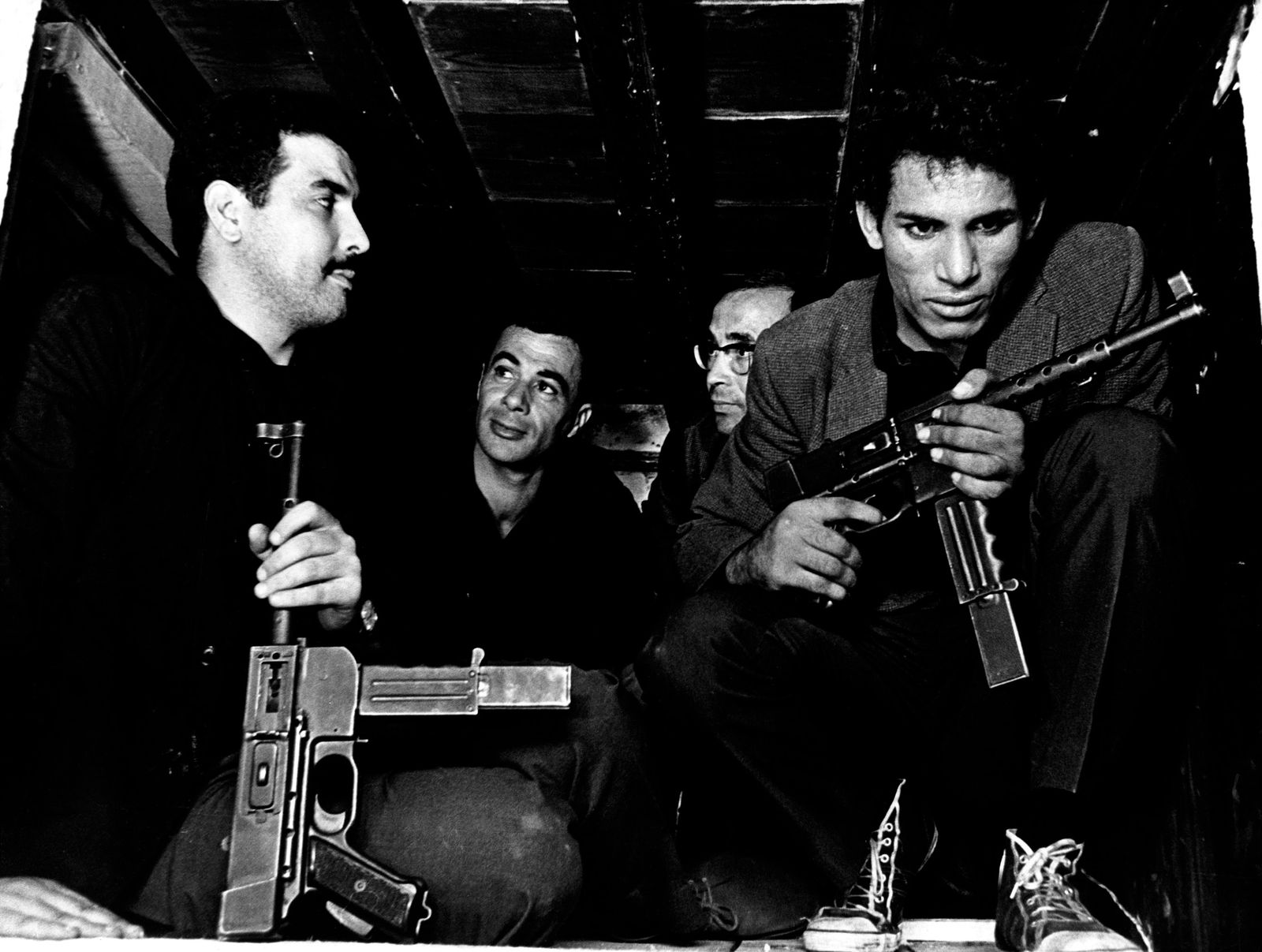
Everett Collection
The Battle of Algiers is among the five films Anderson has programmed to air on TCM on Friday, Sept. 26, the day One Battle After Another opens. Filmed with incredible realism, Gillo Pontecorvo’s iconic 1966 film tells the story of the Algerian revolution that would go on to oust the French colonial power. Set between 1954 and 1957, The Battle of Algiers details the key events during the war in the country’s capital city, from clashes with colonial authorities, to terrorist bombings. With a thrumming, marching score by Pontecorvo and Ennio Morricone, the film is among the most realistic depictions of a revolutionary struggle ever captured, making use of people who actually participated in the events, and sticking to a coolly objective style that often feels more like documentary than a fictionalized retelling. Banned upon its release in France, the film became a favourite of leftist and liberation groups around the world, along with being used by the US military and others to help study urban guerrilla warfare. Beyond its political applications, The Battle of Algiers has inspired countless filmmakers, from Costa-Gavras, to Steven Soderbergh, to Christopher Nolan, to Andor’s Tony Gilroy, and now Paul Thomas Anderson.
Black Wax
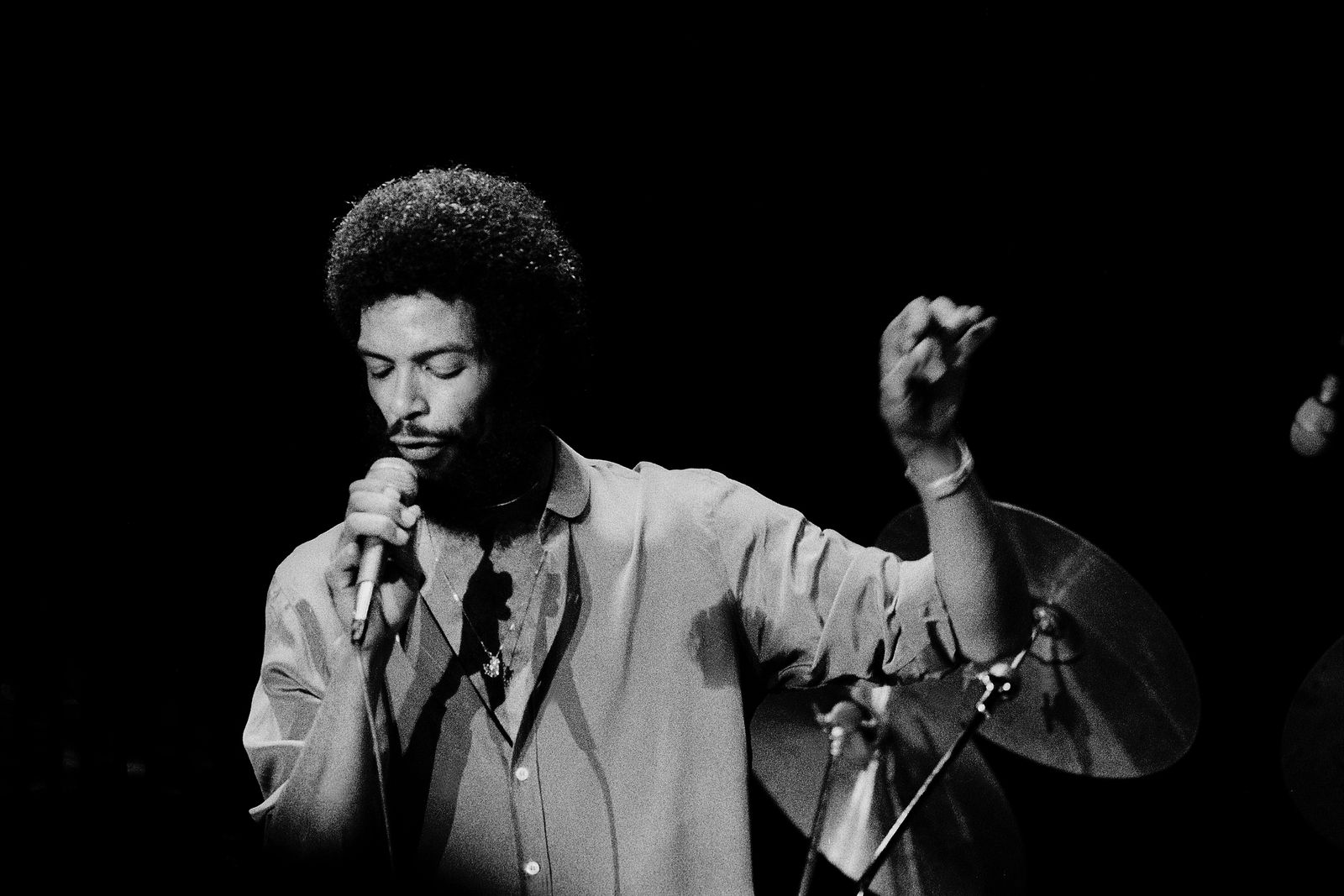
Paul Natkin/Getty Images
One Battle After Another makes prominent (and plot-pivotal) use of Gil Scott-Heron’s 1971 Black liberation anthem “The Revolution Will Not Be Televised.” Scott-Heron fused poetry and jazz into a style of protest music all his own, which in turn became a key influence on the development of hip-hop. Documentary filmmaker Robert Mugge captured what Scott-Heron was all about in the great 1983 documentary Black Wax, in which the artist leads the viewer on a tour through some of his greatest poems and recordings, how they were conceived, and the political issues they were addressing. It’s all interspersed with fantastic concert footage, lifting his poetry into more ecstatic territory. You can feel the revolutionary spirit emanating from the stage.
Running On Empty
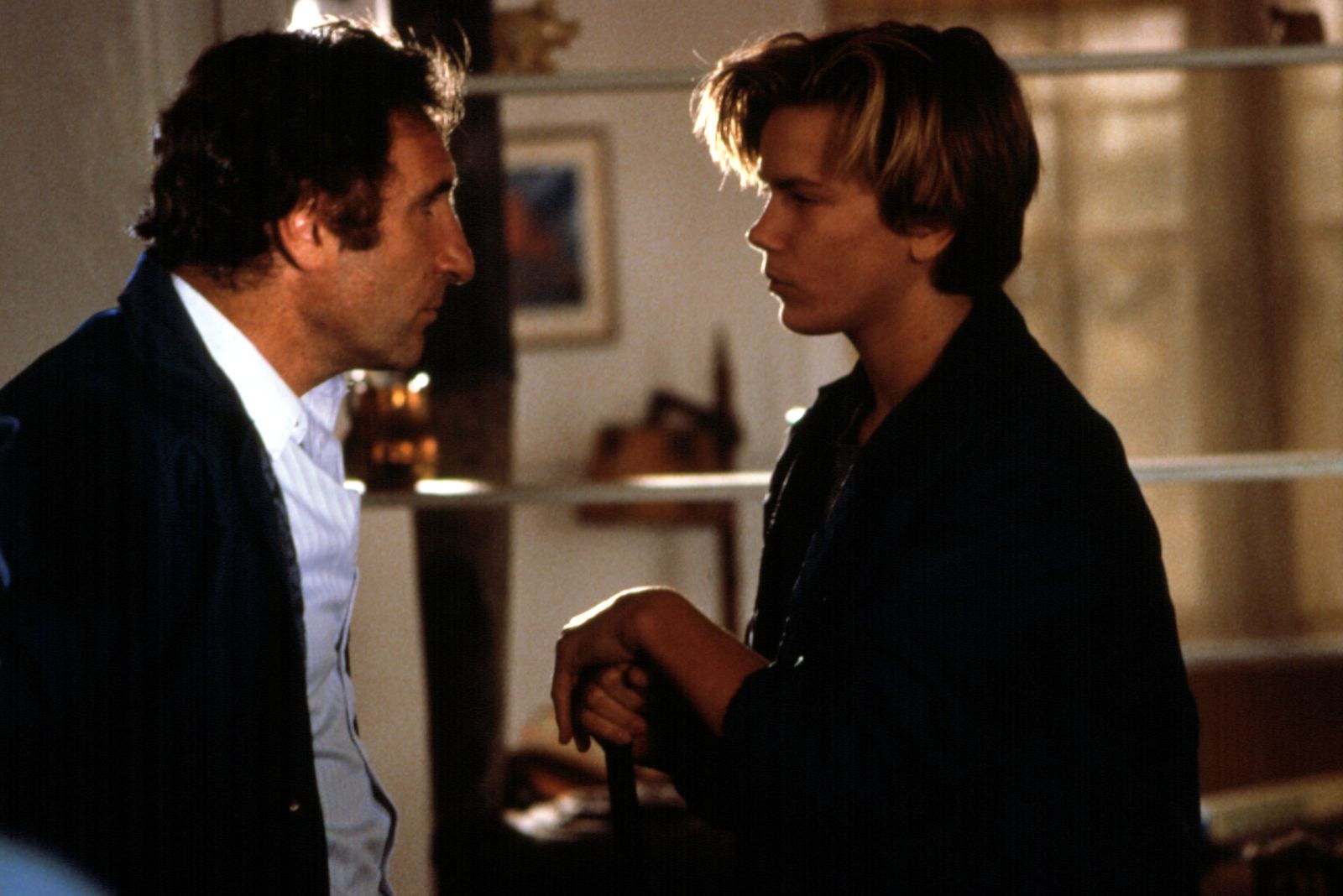
WGBH/Everett Collection
Another of the films Anderson programmed for TCM, Sidney Lumet’s 1988 feature, Running on Empty, stars River Phoenix as the teenage son of former anti-war radicals who’ve been on the run for over a decade and a half, having bombed a napalm laboratory in 1971, severely injuring a janitor on site. In the time since, the couple, played by Judd Hirsch and Christine Lahti, have kept their family constantly on the move. Still hunted by the FBI, they’ve forced their two sons to change schools at the drop of a hat, along with their names and everything else. Phoenix plays Danny, a talented pianist who is in his last year of high school, and is beginning to think of a more normal life, partly inspired by falling in love with his classmate Lorna, played by Martha Plimpton. With an Oscar-nominated screenplay by Naomi Foner (mother of Maggie and Jake Gyllenhaal), the film never strays far from its moving portrait of a family unable to stay still, and a son coming of age and dreaming of forming new, more lasting connections with the world around him.
Those looking for extra homework on the theme of children of former radicals on the run might also want to check out German director Christian Petzold’s excellent debut theatrical feature from 2000, The State I Am In.
The Searchers
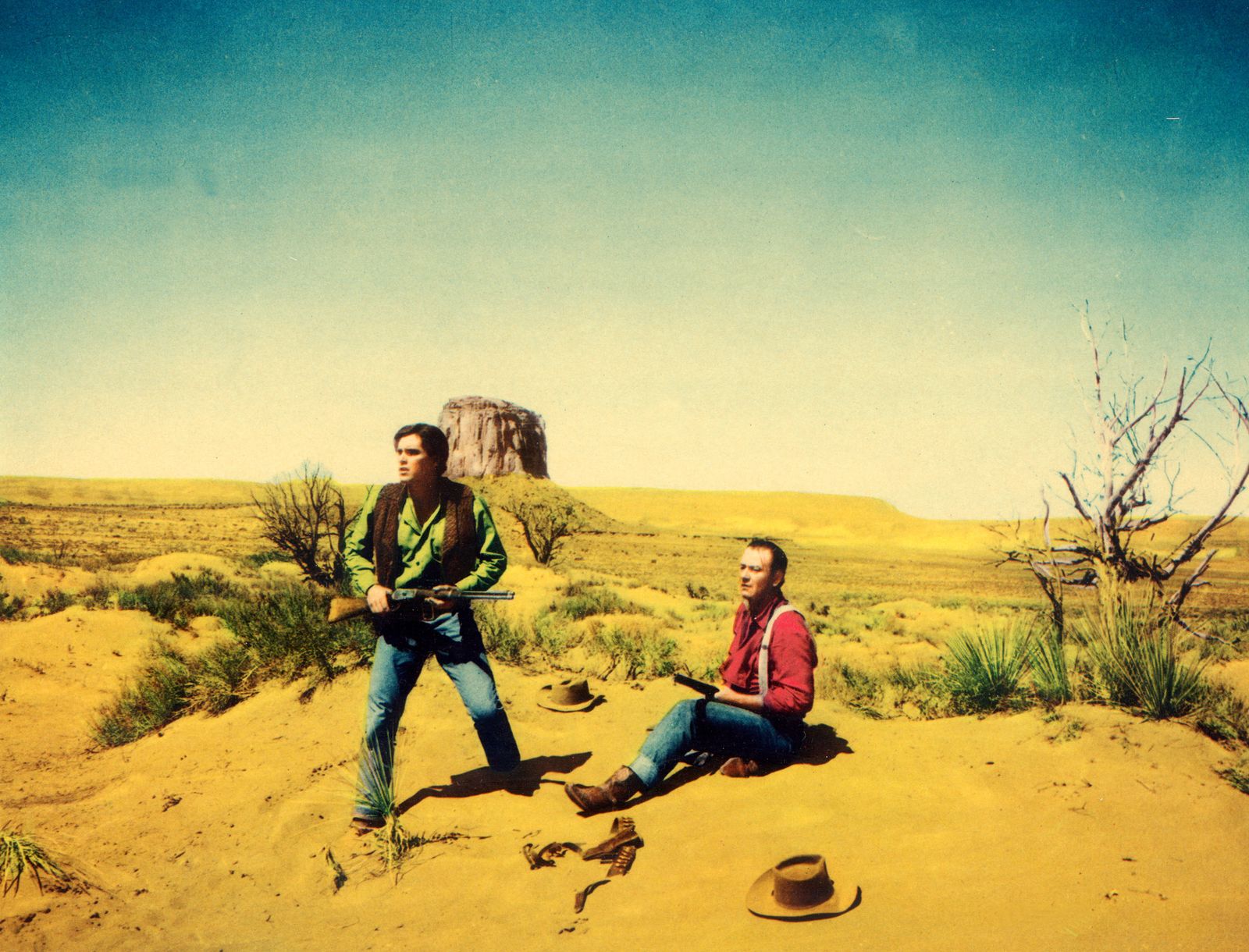
Everett Collection
Any movie about characters on a mission to rescue a daughter from the clutches of a terrifying enemy will inevitably live in the shadow of one great classic: The Searchers. John Ford’s 1956 western is the epitome of the genre. Confederate soldier Ethan Edwards, played by John Wayne, returns home to his brother’s house in Texas. He joins a hunt for some stolen cattle and returns to find his brother’s family massacred by a Comanche raiding party, who’ve kidnapped Ethan’s nieces Debbie and Lucy. Ethan and his party spend years on the hunt, first for both girls, and then, after finding Lucy’s body, in search of young Debbie. Over that period, Ethan loses himself more and more to his obsessive pursuit, becoming increasingly detached from society and the people in it until he barely seems human at all. It’s among the most gorgeous and politically thorny films ever made, a searing critique of American violence, racism, and patriarchal ego that also features nasty depictions of the Comanche and Natalie Wood in redface. In the end, its dark humanism shines through, with one of the great final shots in cinema history. No wonder it was one of Anderson’s picks to play on TCM.
Up Tight!
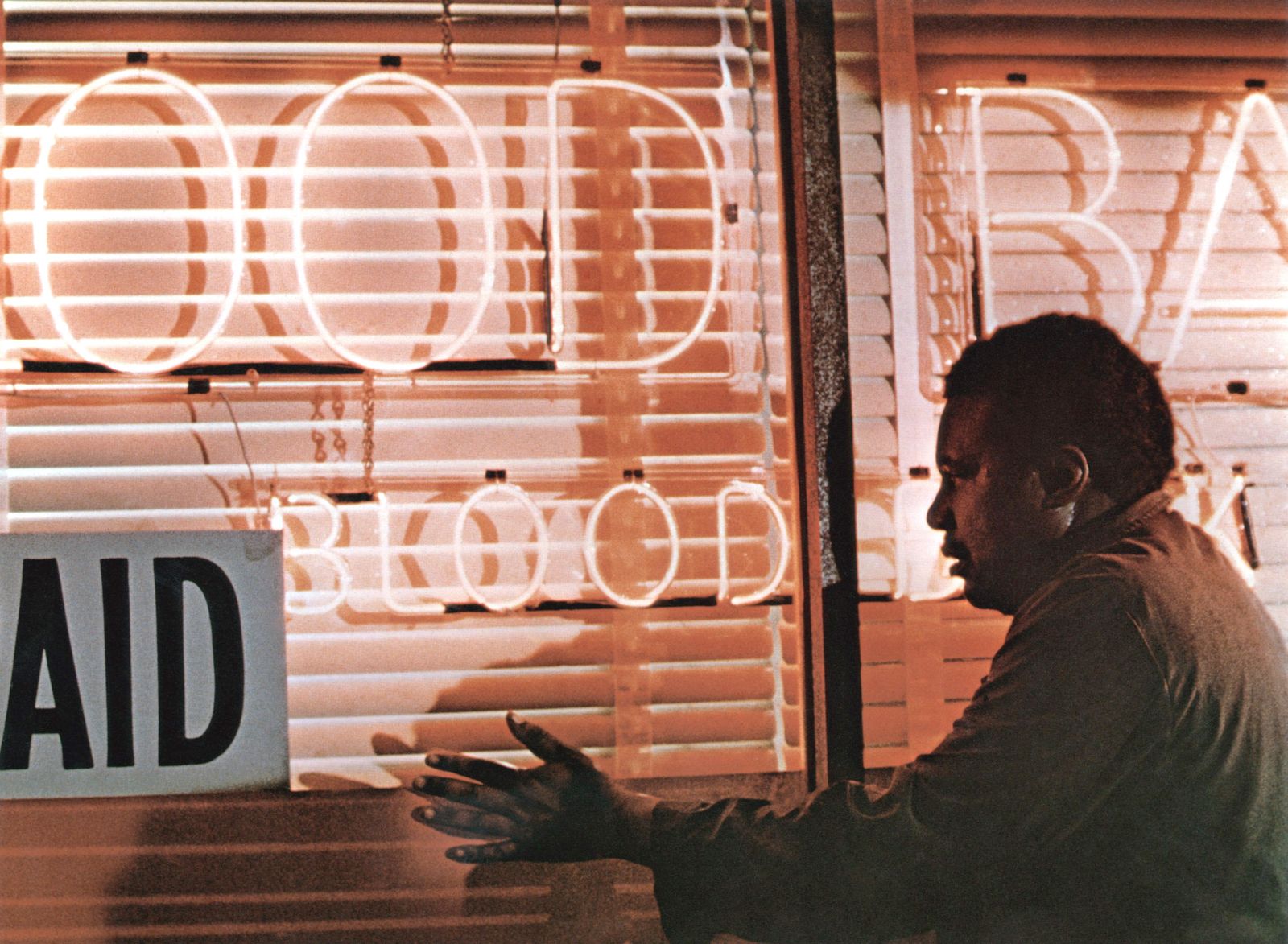
Everett Collection
Little-known for decades, Jules Dassin’s 1968 political drama Up Tight! has gained new appreciation in recent years, as it has become more available. Produced by the iconic activist and movie star Ruby Dee, and co-written by Dee, Dassin, and Julian Mayfield, it’s a remake of John Ford’s 1935 film, The Informer, which was itself based on a novel by Irish writer Liam O'Flaherty. Up Tight! moves the events of the film from Dublin to Cleveland, and tells the story of a revolutionary who betrays his comrades within a group modelled after the Black Panthers. Released at the end of 1968 and set in the chaotic, dispiriting aftermath of Martin Luther King Jr.’s assassination that spring, it’s an extraordinary look into the realities of black life and political struggle at the tail end of the ‘60s, when the Civil Rights and Voting Rights Acts were in place, but racial strife had hardly dissipated. It’s a heartbreakingly honest account of both the solidarity and disunity that manifest in radical groups, told from very much within the perspective of the Black liberation movement. And it’s beautifully shot by cinematographer Boris Kaufman, who was also behind the camera on classics like Jean Vigo’s extraordinary L’Atalante, On the Waterfront, 12 Angry Men, and Splendor in the Grass.
The French Connection
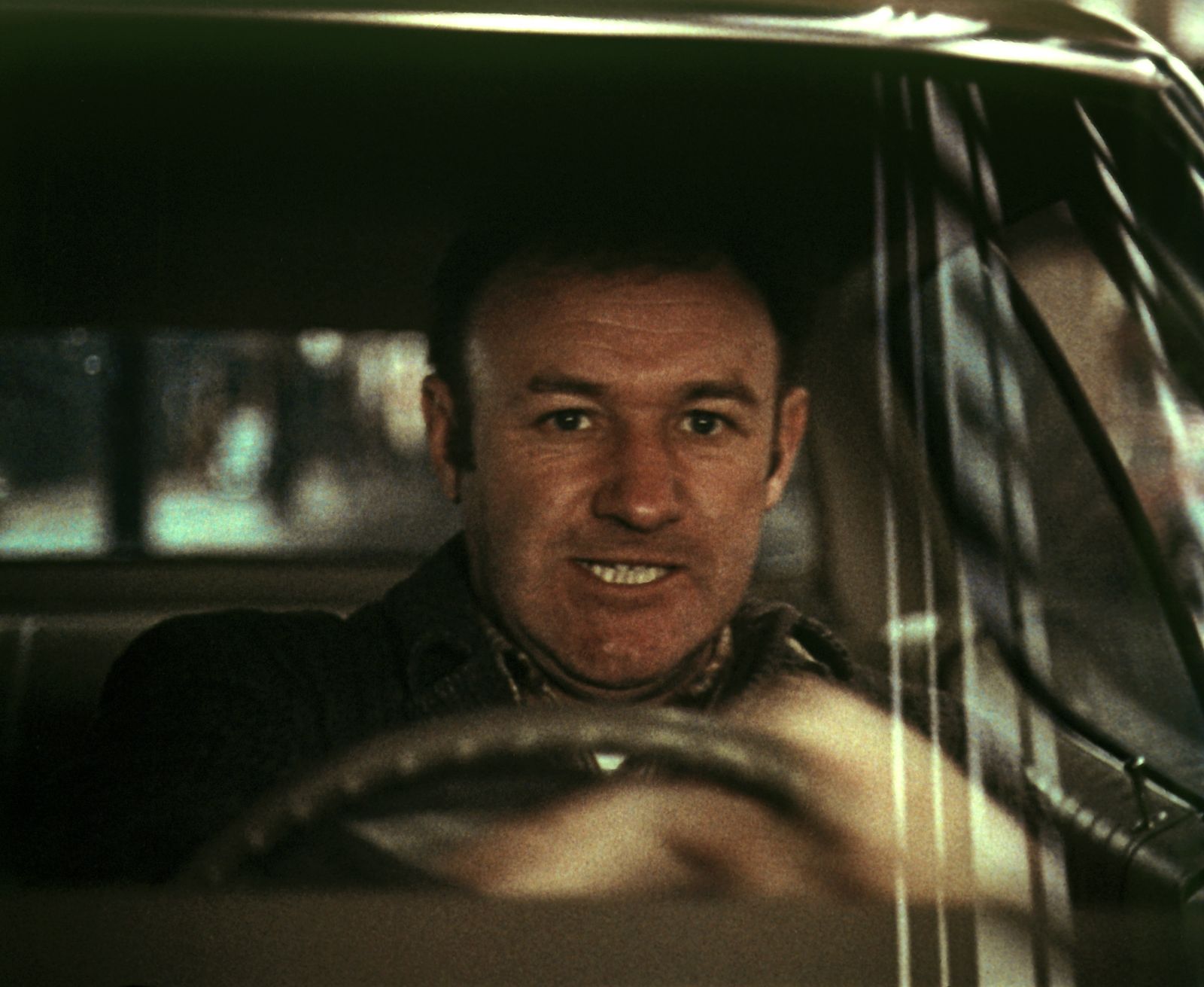
20th Century Fox/Everett Collection
Hollywood movies don't get much better than The French Connection, one of the great successes of ‘70s American cinema, and another of Anderson’s TCM picks. A fictionalized adaptation of Robin Moore’s true-crime book of the same name, The French Connection stars Gene Hackman and Roy Scheider as NYPD narcotics detectives Popeye Doyle and Cloudy Russo, on the trail of a wealthy French heroin smuggler. Director William Friedkin led a famously chaotic production, which only served the film’s gritty, chaotic, down-in-the-muck style. Unafraid of the seedier side of police work at the time, the film remains as nervy and exciting as it did upon release in 1971. Nearly every car-chase movie—and One Battle After Another features a great one—has taken inspiration from The French Connection’s iconic car chase underneath an elevated train on which a hitman is making a run for it. With the camera often locked to the car’s front bumper, it’s one of the most viscerally intense car-action sequences ever filmed, right down to its mistimed crashes and near-misses.
Midnight Run
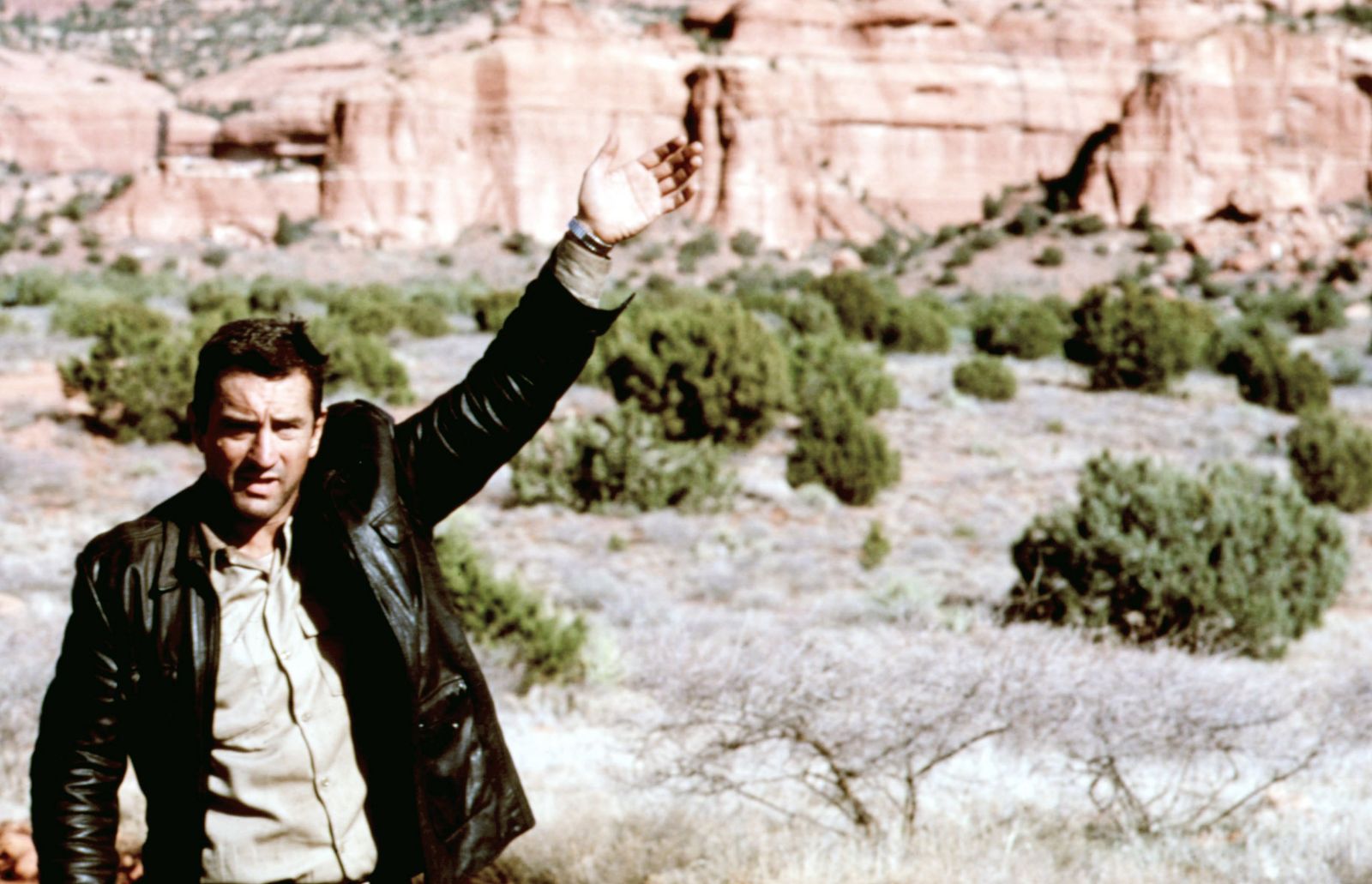
Everett Collection
Anderson has long held Midnight Run in high esteem, going so far as to give Philip Baker Hall’s character in his feature debut Hard Eight the name Sidney, the same as Hall's minor supporting character in Martin Brest’s hit 1988 buddy comedy. Of course, it is yet another he programmed to air on TCM in prep for One Battle After Another. The film stars Robert De Niro as a bounty hunter out to bring a mob accountant, played by Charles Grodin, in to a bail bondsman. What proceeds from there is a classic of ‘80s action-comedy filmmaking and bombast, including multiple car chases, helicopter explosions, jumping from trains, and more. Knowing Anderson’s affinity for the film, its influence on the action in One Battle After Another is obvious, as is its genuine interest in its lead characters, their problems, and their unlikely friendship.
Terminator 2
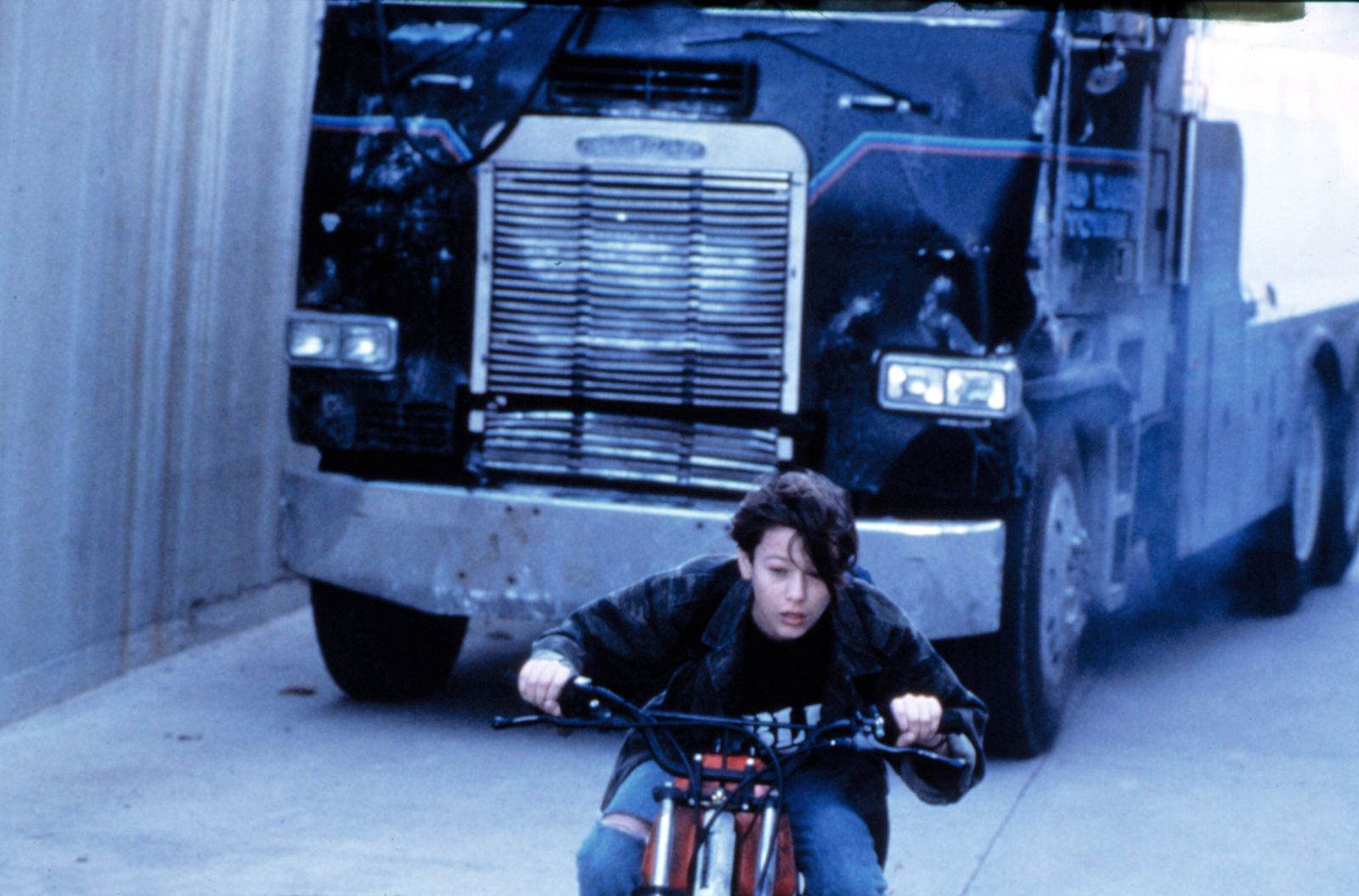
TERMINATOR 2: JUDGMENT DAY, Edward Furlong, 1991Everett Collection
Though Anderson hasn’t (yet) cited James Cameron’s Terminator 2 as a direct influence on One Battle After Another, it wouldn’t be a surprise, given that Terminator 2 features one of the biggest, most incredible car chases ever filmed, and that Anderson has a very specific personal history with the film. In a 1997 interview with Charlie Rose, the young Boogie Nights director shared his experience briefly attending film school at NYU. “I walked into a film class, it was about screenwriting, and this guy, the opening line was, ‘If you’re here to write Terminator 2, just leave now,’” Anderson recalled. “And I thought, That’s terrible, there could be a kid in the corner there that wants to write Terminator 2. That’s his vision, that’s his movie, that’s what he likes. Let him do it.” That experience led Anderson to drop out of film school after only two days and not look back. All these years later, he’s finally made his own Terminator 2, the PTA way.